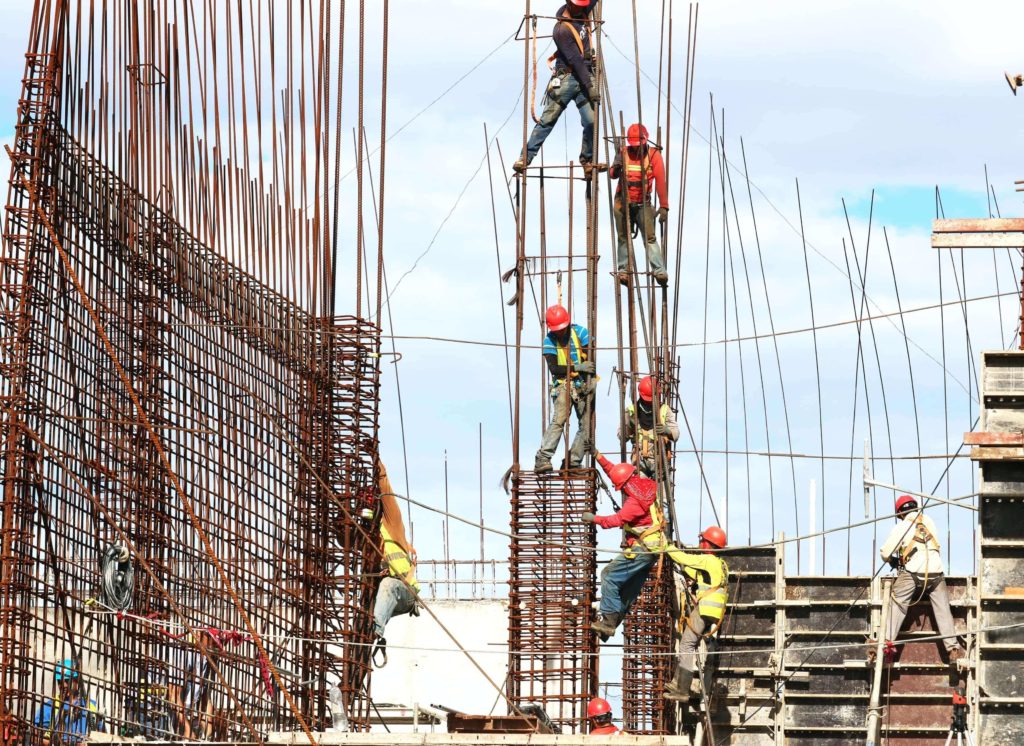The Isolated Worker and Labor Code Regulations

The isolated worker is defined as an employee performing a task alone. Employers are required to protect their isolated workers by implementing appropriate safety measures to prevent occupational risks. In this article, we will examine the risks faced by isolated workers, prohibited activities, existing protection devices, and the obligations of employers regarding the health and safety protection of their isolated workers according to the Labor Code.
Isolated Worker: Definition according to the Labor Code
There is no official definition of an isolated worker according to the labor code. However, it is generally defined as an employee who performs a task or operation alone, out of sight of other workers and without immediate assistance in case of need. This situation can occur in various professions, such as:
- agriculture,
- commercial delivery services,
- home healthcare, and many others.
The risks associated with this situation are diverse, as the isolated worker may face issues related to safety, health, and communication.
Isolated Worker and Labor Code: What Regulations?
The issue of regulations regarding isolated workers has become increasingly important in recent years. With the increase in isolated workers, it is essential to ensure their safety at work. To protect an isolated worker according to the labor code, employers must implement safety measures to prevent risks. The employer must ensure to identify all isolation situations to determine the appropriate measures to put in place. They must ensure that each worker is trained and equipped to work safely. Employers must establish clear procedures and regular checks to monitor the workers’ health status. In case of an incident, they must be able to provide a prompt intervention to ensure their safety. Ultimately, the employer is responsible for managing the health and safety of their isolated worker according to the labor code. Therefore, they have the obligation to take all necessary measures to guarantee them a safe and healthy work environment.

Isolated Worker and Labor Code: the Encountered Risks
The isolated worker is exposed to various occupational risks that can have serious consequences on their health and safety.
Psychological Risks
Isolated workers may experience increased stress, generalized anxiety, or feelings of loneliness. These factors can have long-term effects on their mental health. Additionally, risky behaviors may develop more easily, such as alcohol consumption at the workplace, absenteeism, or failure to use protective equipment.
Medical Risks
Working alone can be a significant source of distress for some individuals. Medical conditions may arise, such as dizziness, anxiety attacks, etc. Other risks may include hypothermia, dehydration, respiratory problems, or even a heart attack. This is why the isolated worker is protected by the labor code.
Physical Risks
When working alone, employees are much more exposed to physical and verbal violence. They may be more vulnerable to attacks because the aggressor knows there are no witnesses or the possibility of calling for help. These risks are more prevalent for individuals working from home or delivery personnel, for instance.
Isolated Worker and Labor Code: Prohibited Activities
Isolated workers are exposed to increased occupational risks, and some activities cannot be performed alone. Among these activities, we have:
- Working at heights,
- Handling trucks and machinery,
- Using equipment for lifting loads,
- Electrical work performed on or off power, work exposing to the risk of falling into water, as well as all work performed on elevators.
Note, however, that it is possible to obtain an exemption in certain cases. Despite these prohibitions, the employer must still pay close attention to the health of employees by implementing regular checks. Since the employer is not on-site with them, isolated workers could unintentionally break the rules and put themselves in danger. This is even more crucial as the labor code explicitly protects the isolated worker.

Isolated Worker and Labor Code: What are the Devices?
For isolated workers protected by the labor code, there are devices available to enhance their safety. First and foremost, organizational measures must be put in place. The employer must always know the location of each isolated worker to react as quickly as possible. Workers must also be trained and informed about the risks they face. To improve on-site protection, the following measures exist:
- The presence of someone who periodically checks that everything is going well on the field,
- Fixed alarm systems such as beacons or presence badges,
- Personal alarm devices (DATI) or automatic alarm systems are tools that allow the worker to notify of danger more quickly. Depending on the device, alarms can automatically trigger in various situations (significant tilt indicating distress, no movement for a certain period, etc.).
Nomadia offers solutions for the protection of your isolated workers! They provide geolocation devices, portable alarm buttons, mobile applications, and fall detection systems. The offers can be customized according to the specific needs of each company and are accompanied by training and maintenance services.
Nomadia offers you a solution to protect your isolated workers!
